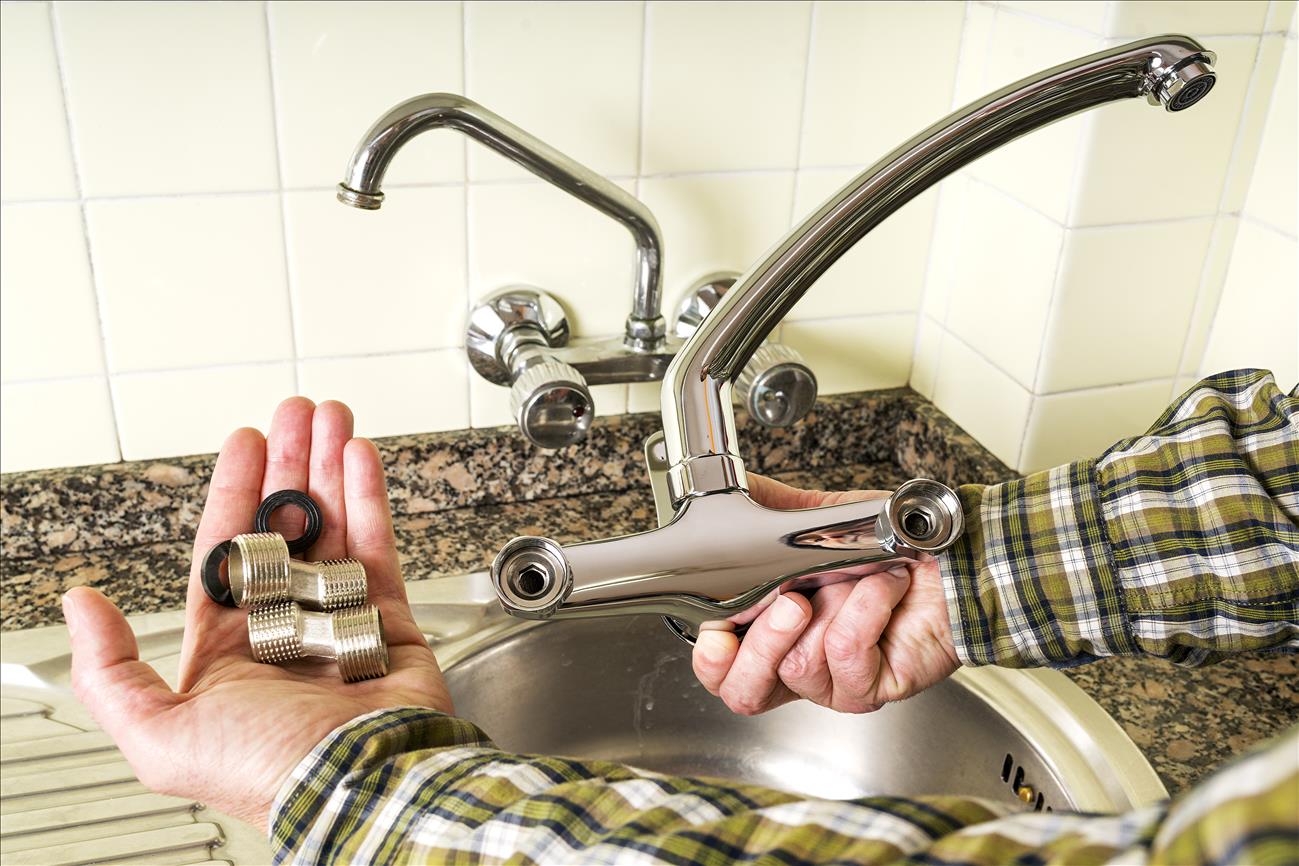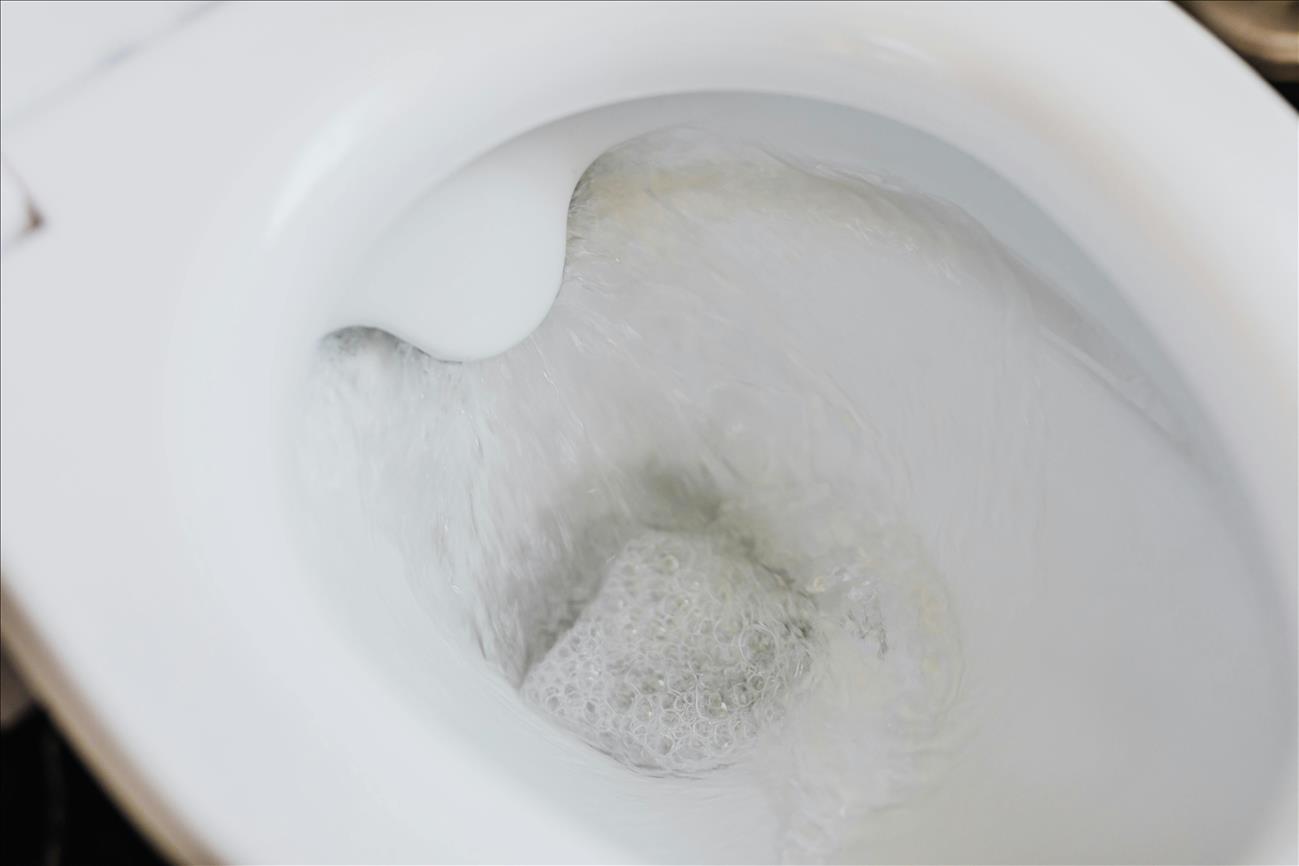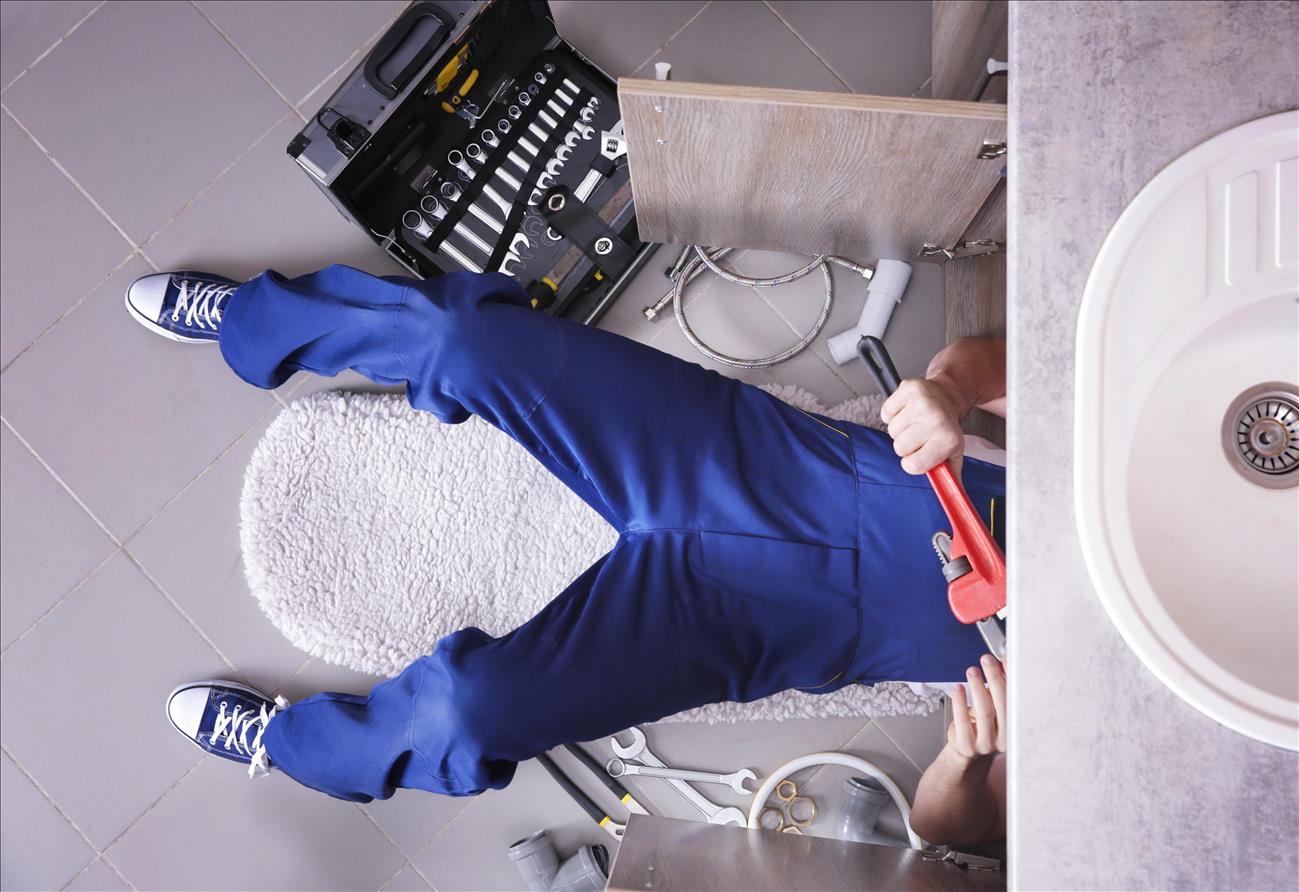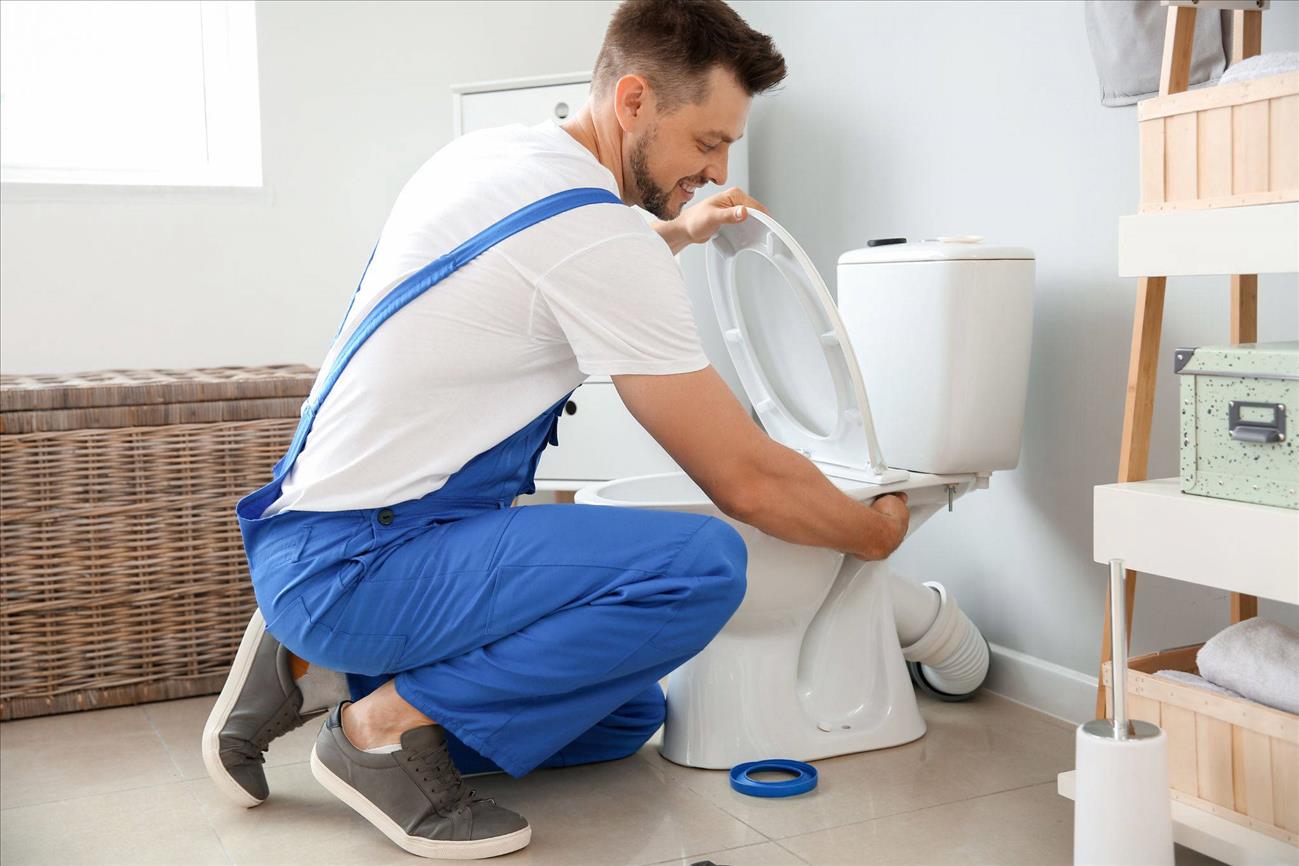Ever heard the sound of money dripping down the drain? That’s exactly what a leaking faucet is doing in your home-one drop at a time.
Leaking faucets might seem like a minor inconvenience, but they’re secretly working against you. Each little drip adds up to gallons of wasted water, and with rising utility bills, your wallet feels the pinch too. Did you know that even a single faucet leaking once every second wastes more than 3,000 gallons of water a year? That’s enough to fill a small swimming pool!
But it’s not just about the water. That constant dripping sound can also drain your peace of mind. Whether it’s in the kitchen or the bathroom, ignoring leaking faucets today could lead to bigger plumbing issues tomorrow—and higher repair costs.
So, why wait? Fixing leaking faucets doesn’t have to be complicated, and in this guide, we’ll show you how to stop the drip, save money, and reclaim your home from that annoying sound.
Are you ready to take control and put an end to leaking faucets once and for all?
The Hidden Costs of a Dripping Faucet
Think a dripping faucet is harmless? Think again—it’s not just water going down the drain, it’s your hard-earned money!
Leaking faucets may seem like a minor annoyance, but they pack a surprisingly heavy punch on your wallet and the environment. A single leaking faucet can waste hundreds of gallons of water in just a month. Imagine running a faucet for three hours straight—that’s the same amount of water wasted over time by a slow drip. And who pays for that wasted water? You do!
The Financial Impact
Even a small leak can cause your water bill to creep up. Over a year, the increase can amount to hundreds of dollars. Wouldn’t you rather spend that money on something fun, like a weekend getaway or a new gadget?
Environmental Consequences
It’s not just about the money—leaking faucets also waste one of Earth’s most precious resources: clean water. With water shortages becoming a growing concern worldwide, fixing a leaky faucet is one of the simplest ways to help the planet.
Potential Plumbing Problems
Beyond the immediate costs, ignoring leaking faucets can lead to more expensive plumbing issues. A constant drip can wear out your sink’s finish, corrode fixtures, and even damage pipes over time. What starts as a harmless drip could snowball into a full-blown repair job.
Isn’t it better to stop the drip now than to deal with an overflowing repair bill later?
What’s Behind That Drip? Common Causes of Leaking Faucets
Not all drips are created equal—ever wonder what’s really causing your faucet to leak?
Leaking faucets might look like a small issue on the surface, but they often have underlying causes that, if left unchecked, can worsen over time. Understanding what’s behind that drip can help you fix it faster and more effectively. Here are the most common culprits:
- Worn-Out Washers and Seals: The most common cause of leaking faucets is a worn-out washer or seal. Every time you turn the faucet on and off, these small components endure friction. Over time, they wear out, leading to a leak. The good news? These are inexpensive and easy to replace.
- Corroded Valve Seat: The valve seat connects the faucet to the spout, and over time, it can become corroded due to water sediment buildup. A corroded valve seat creates gaps where water can escape, resulting in a drip. Regular cleaning or replacement can solve this issue.
- Loose or Improperly Installed Part: Faucets have several tiny components—nuts, bolts, and screws. If any of these become loose or weren’t properly installed, the faucet may start leaking. Tightening these parts or reassembling them correctly often fixes the problem.
- Mineral Deposits from Hard Water: If you live in an area with hard water, mineral deposits can build up inside your faucet. These deposits block proper water flow and damage internal components, leading to leaks. Cleaning the faucet regularly helps keep mineral buildup at bay.
Quick Tip: Before you start fixing, always turn off the water supply to avoid making a mess!
Does your faucet fall into one of these categories? If so, you’re closer to solving the mystery of that annoying drip!
DIY Repair Made Simple: Fixing Your Faucet in 5 Steps
Tired of waiting for a plumber? You don’t need one! Fixing a leaking faucet is easier than you think—let’s get it done.
Fixing a leaking faucet doesn’t require fancy tools or expert skills. With a little patience and these five simple steps, you’ll have that drip under control in no time. Here’s how:
- Turn Off the Water Supply: Before you start, find the water shutoff valves under the sink and turn them off. If you can’t locate them, you may need to shut off the main water supply. Trust us, you don’t want water spraying everywhere while you work!
- Plug the Drain: Small parts like screws and washers can easily fall into the sink. Use a plug or a rag to block the drain and save yourself the headache of fishing for lost pieces.
- Disassemble the Faucet: Grab a wrench or screwdriver and carefully take apart the faucet. Pay attention to how each piece fits, or better yet, snap a quick photo for reference. Look for worn washers, O-rings, or cartridges—these are often the culprits behind leaking faucets.
- Replace Damaged Parts: Take the worn parts to your local hardware store to find exact replacements. Whether it’s a washer, O-ring, or cartridge, these small parts are inexpensive and easy to swap out. Install the new part and reassemble the faucet.
- Turn the Water Back On and Test: Once everything is back in place, turn the water supply on and test the faucet. No more dripping? Congratulations, you’ve just fixed your leaking faucet! If it’s still dripping, double-check your work or consider calling in a professional.
Bonus Tip: Keep your faucet manual handy—it’s a lifesaver when figuring out how to disassemble specific models. Question for the reader: See how simple it is? Are you ready to roll up your sleeves and fix that leak today?
When DIY Isn’t Enough: Call in the Pros
Still hearing that drip after all your hard work? Sometimes, a leaking faucet needs a professional touch.
Even with the best DIY efforts, there are times when leaking faucets refuse to cooperate. Some issues go beyond a worn washer or loose part, requiring expertise that only a professional plumber can provide. So, how do you know it’s time to bring in the pros?
When to Call a Plumber
- Persistent Leaks After Repairs: You’ve replaced the washers, cleaned the valve seat, and tightened every screw, but the faucet still drips. This could indicate deeper plumbing issues, like damaged pipes or faulty fixtures.
- Corroded Fixtures: If your faucet or its components are corroded, replacement might be the only option. Professionals can identify the extent of the damage and recommend durable, high-quality replacements.
- Low Water Pressure or Strange Noises: Leaking faucets paired with low water pressure or odd noises (like screeching or gurgling) often signal bigger plumbing problems. These could involve blockages, broken pipes, or issues with the water supply system.
- Leaks in Hard-to-Reach Places: If the leak isn’t coming from the faucet itself but from underneath the sink or behind the wall, it’s best to leave the investigation and repair to an expert.
How Billy.com Simplifies the Search
Finding a reliable plumber doesn’t have to be a hassle. With Billy.com, you’re just a few clicks away from connecting with top-rated, local professionals who can tackle your leaking faucet with ease. No more scrolling through endless reviews or making countless calls—Billy.com does the hard work for you.
Pro Tip: Ask for a cost estimate upfront to avoid surprises. Most plumbers can provide a ballpark figure based on the issue description."
Proactive Tips to Prevent Future Leaks
Why fix a leaking faucet twice when you can prevent it from happening in the first place? Here’s how to keep your faucets drip-free for years.
Prevention is better than cure—especially when it comes to leaking faucets. A few simple habits can save you from the hassle of repairs and keep your faucets running smoothly. Follow these proactive tips to stop leaks before they start:
- Regular Maintenance Is Key: Inspect your faucets every few months. Check for loose handles, slow drips, or unusual sounds. Catching small issues early prevents them from becoming bigger problems later.
- Clean Faucets to Prevent Mineral Buildup: Hard water leaves behind mineral deposits that can damage faucet parts over time. Clean your faucets with a mixture of vinegar and water every few months to keep them free of buildup.
- Avoid Over-Tightening Handle: When turning off your faucet, don’t force the handle too tightly. Over time, this can wear out washers and seals, causing leaks. A gentle turn is all you need.
- Replace Old Parts Before They Fail: Washers, O-rings, and cartridges wear out over time. If your faucet is getting old, consider replacing these components as a preventative measure instead of waiting for a leak.
- Invest in High-Quality Faucets: Cheaper fixtures might save you money upfront but often lead to frequent leaks and repairs. Choose well-known, high-quality brands for longer-lasting performance.
- Install Water Softeners: If you live in a hard water area, installing a water softener can reduce mineral deposits that cause damage to your faucets over time. It’s an investment that pays off in fewer leaks and repairs.
Consider water-efficient faucets. They not only save water but also reduce the strain on components, helping them last longer.
A Final Word: Don’t Let the Drip Win!
That tiny drip doesn’t stand a chance—not anymore. It’s time to take back control of your home and your wallet!
Leaking faucets are more than just an annoyance—they waste water, increase your bills, and create unnecessary stress. But here’s the good news: whether it’s a quick DIY fix or a call to a trusted professional, solving the problem is easier than you think.
You’ve learned how to identify the hidden costs of a dripping faucet, uncover the common causes, and tackle simple repairs on your own. Even if things get too tricky, help is just a few clicks away with Billy.com.
By acting today, you’re not just stopping that annoying drip—you’re also saving money, protecting the environment, and giving yourself peace of mind.Don’t let that faucet drain your resources any longer. Whether you’re ready to grab your wrench or need expert help, the solution is right here. Visit Billy.com now to find reliable local plumbers or explore more DIY tips to keep your home running smoothly.
Are You a Professional?
Requests for your services are coming in left and right. Let’s connect and grow your business, together.
-
More like this






